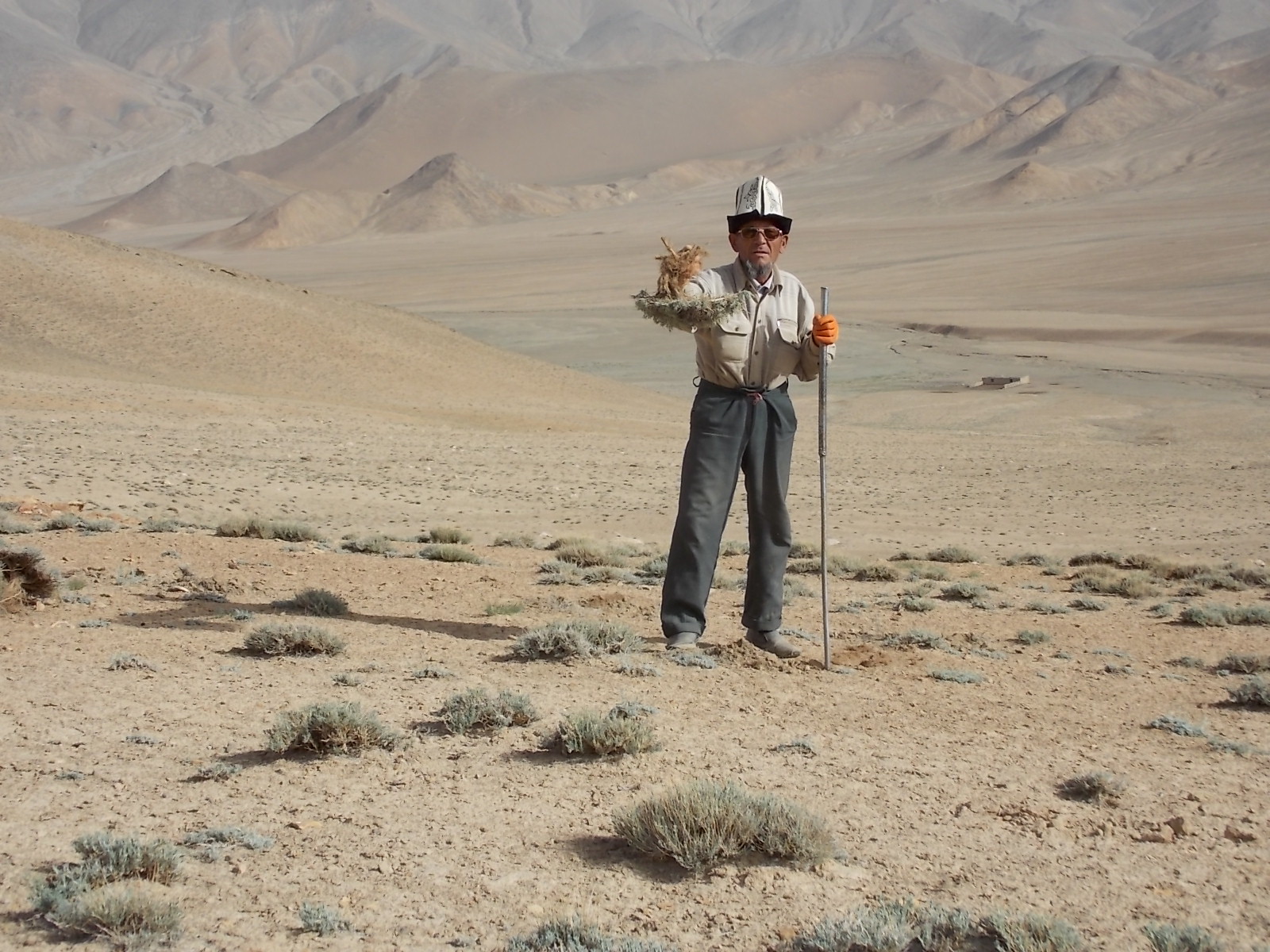
Abstract
In the Eastern Pamirs of Tajikistan, a high-altitude semi-desert, people currently depend to a large extent on the collection of shrubs to cook and heat their houses. This has not always been the case. During the Soviet era, the local energy demand was met by imported coal, diesel generators and a small hydropower station. After the collapse and Tajikistan’s independence in 1991, state provisioning of coal and diesel stopped and the hydropower station fell in decline. As a result, locals started collecting dwarf shrubs in the region, tersken (Krascheninnikovia ceratoides) and shybak (Artemisia), to burn in their stoves. Alarmed by the rapid increase in collection and worried about its ecological consequences, scholars identified shrub harvesting as a classic crisis-of-the-commons problem and called it the “teresken syndrome” (Breckle and Wucherer 2006). While the situation has somewhat stabilized, mainly due to the availability of imported coal from Kyrgyzstan and local animal manure as an alternative energy sources (Kraudzun 2014 et al.), the exploitation of dwarf shrubs is still going on.
Almost the entire literature on the topic renders shrub collecting as unstainable activity. However, not much attention has been given to the informal management practices that developed among shrub collectors. Over the past few years, being a terskenchiler (a tersken collector) has become an identity, a profession and an important source of income for local people, especially men. Today the only people who have the capacity to ensure a sustainable use of shrubs are these terskenchiler and the question is to what extent their harvesting practices really are unsustainable, especially since a relatively positive recent assessments of land degradation in the region.
This paper addresses this issue by focusing on Murgabi terskenchiler in order to see how, as informal organisation, they minimize their impact and maintain sustainable harvesting based on their local knowledge and previous failures. In this regard, I ask: Who are the terskenchiler today and how is collecting organised and socially valued? What is the role of informal social organisation in sustainable tersken harvesting? How can their cultural adaptation, local knowledge and experience contribute to conservation and sustainable collecting? And, on a more general level: how to combine local knowledge, a local point of view and practice, with state-of- the-art knowledge on environmental issues?
Daler Kaziev studies in the Environmental Management and Sustainable Development (EMSD) Program of the American University of Central Asia (AUCA), in Bishkek, Kyrgyzstan. His e-mail address is kaziev_d@auca.kg.

